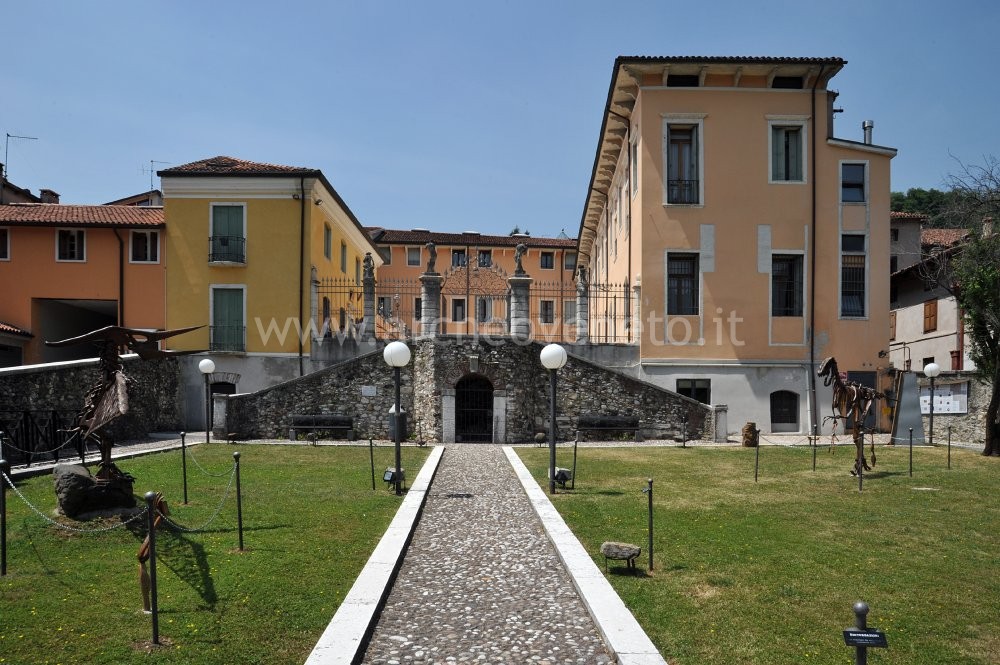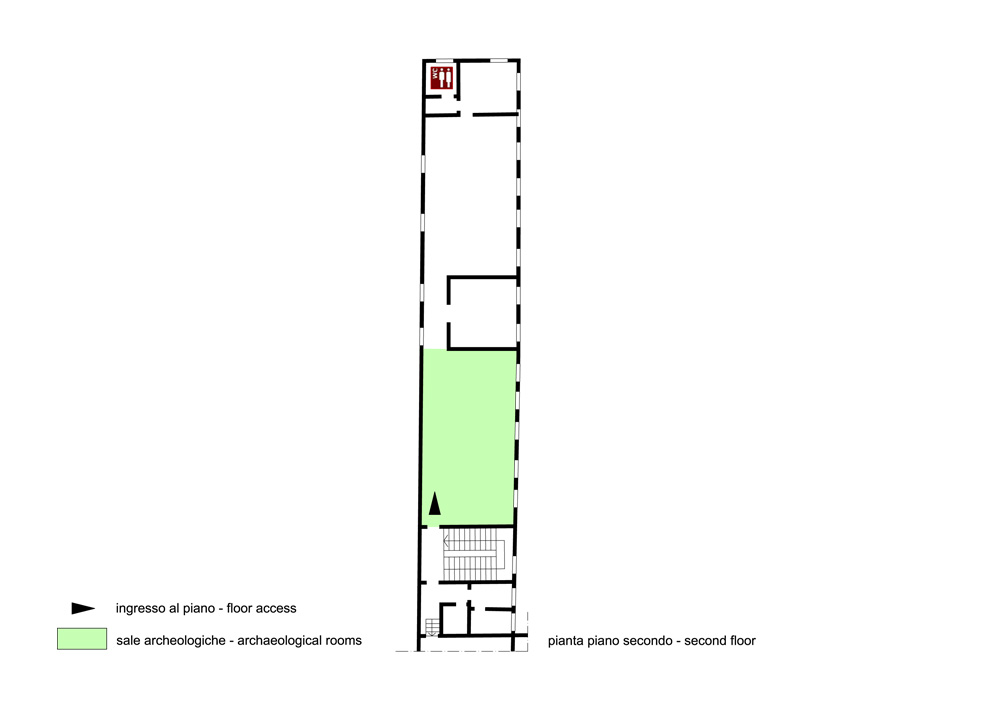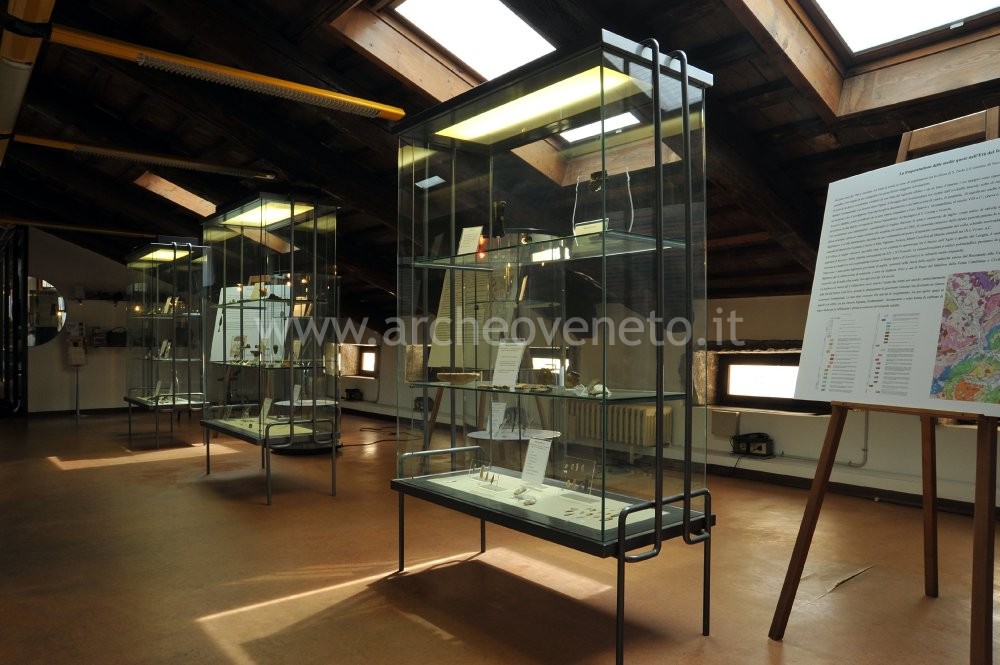| Corso Italia 63 (Palazzo Festari) - 36078 Valdagno (VI)
Tel. 0445 424507-08 - Fax 0445 409724 |
Web site http://www.comune.valdagno.vi.it |
|
Summary
The “Dal Lago” civic museum is located in Palazzo Festari and is made up of three sections: geology, paleontology and archaeology. The first two topics are addressed through 26 display cases, which explain the geological evolution of the Agno valley. The archaeological section contains finds that cover a very broad time span, thus bearing witness to the continuous presence of people inhabiting the area located between the Lessinian Mountains and the Small Dolomites. It is also very important to visit also the outdoor section, which displays two wooden reproductions of saurians, a stratigraphic pyramid and some fossil remains.Collection history
The geological and fossil collection displayed in the museum of Valdagno is the result of the patient and passionate work carried out by Domenico Dal Lago, who between the late 19th and the early 20th cent., thanks to the help of the scholar Giovanni Meneguzzo and his deep knowledge of the area, collected a remarkable amount of rocks and fossils. In 1928 Dal Lago donated his important collection to the Municipality of Valdagno, which placed it in the Primary school “A. Manzoni”. The it was moved several times and finally it was transferred to its current venue, Palazzo Festari; in 2002 a section devoted to the finds discovered in the area of the Castle of Valdagno was added. In 2006 this part of the museum was further enlarged thanks to the discovery of other archaeological artefacts coming from some sites in the Agno valley.
|
 |  |
|
Visiting
Admission: Negli orari di apertura
Solo su prenotazione
Su prenotazione;
Ticket: No;
 School access School access
|
Recommended tour time (minutes): 30 |
|
Services for visitors
 Toilet Toilet Parking Parking |
Educational Services
 Brochure BrochureItalian  Information boards Information boardsItalian  Captions under exhibits Captions under exhibitsItalian  Guided Tours Guided Tours  Educational activities Educational activities Educational workshops Educational workshops Library and documentation centre Library and documentation centre Other activities Other activities |
Bibliography
| Visonà P. 1978, Studi e ricerche paletnologiche nell’alta valle dell’Agno (Vicenza), Valdagno . |
| Migliavacca M. 2002, Il Castello di Valdagno 4000 anni fa. Guida ai ritrovamenti preistorici della località Castello, Cornedo Vicentino . |
| Bonetto J. 2009, Veneto (Archeologia delle Regioni d'Italia), Roma, pp. 379. |
